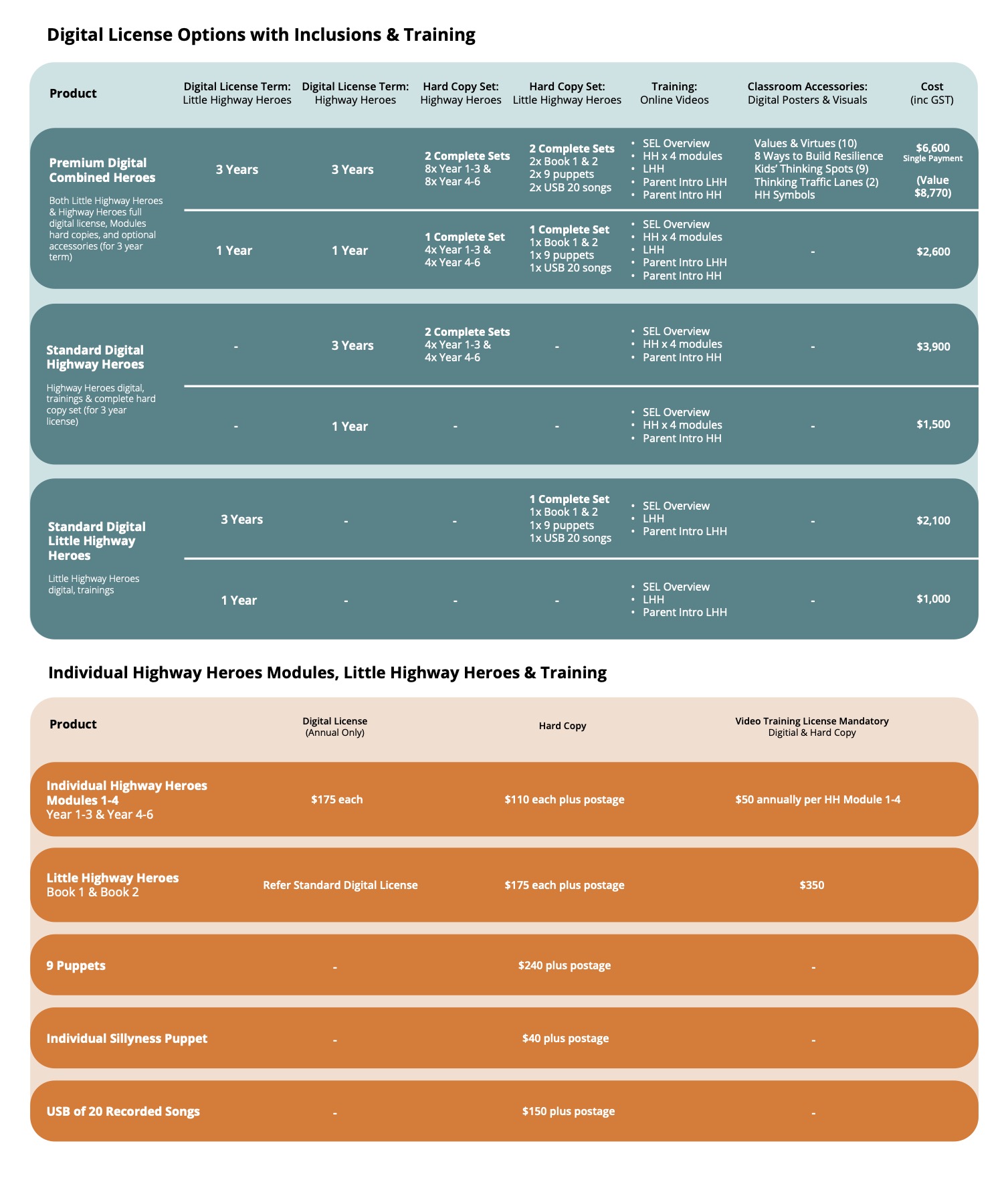It’s a situation that’s being simmering along. An insult here, a bit of public shaming there – with just enough time between those moments to think that it’s most likely the sometimes ghastly stuff of school yards. It simmers along without ever coming to the boil.
So, is this bullying?
It’s unpleasant and it’s being going on for a while – but still, this qualifies as normal meanness. It’s not right is it, saying that? That your child has to endure that steady thrum of someone upsetting their existence, but actually it’s what happens.
Continually upskilling your child in self-assertiveness and self-confidence matters during this time. Listening reflectively and not underestimating the significant emotional impact that this sort of long term, distressing behaviour has on your child. These are skills that do not come naturally to every child which means having to teach them – not once, but repeatedly so that your child starts to build up their psychological armour and ability to cut the unpleasantness off early, authoritatively and in an emotionally controlled way.
And let your child’s teacher or year coordinator know. Choose a ‘Just thought I’d keep you in the loop’ approach that states your concerns and details some of the incidents. If the situation does escalate, there’s already a history and a timeline – that really helps.
And then, it becomes bullying
So, after a period of time of steady insults, purposeful exclusions, occasional shaming in front of others, the behaviour escalates. Your child comes home and says that today they’ve been sucker-punched. A surprise attack where being punched in the gut leaves your child so winded that they’re unable to manage the situation in any other way than to hang onto those tears that threaten and try and regain their breath. Your child is told that they’re hated, worthless, and while this is all happening two other children shield the perpetrator’s attack to make sure there are no witnesses.
Why’s it bullying now?
When behaviour escalates, becomes more than those periodic rumblings, when physical and/or psychological harm is done and when a child uses their social and/or physical power to dominate, intimidate or harm another child – then it’s bullying. The scattergun approach to throwing insults around is replaced by a targeted campaign of hate, hurt and humiliation.
Parental responses
Maybe you haven’t experienced that heart-crunching moment when a child says to you, “I’m being bullied.” Once you retrieve your heart out your boots, the important self-control and decision making must start. Just as we tell children not to air their big feelings and grievances online while they’re in the heat of the moment, we have to sing from the same song sheet.
So, take a deep breath and then another one. No plotting some heinous end for the child involved, contacting the family or telling your child to punch them back. Yes, definite first thoughts but leave them there and back away slowly.
Next steps
So, an action plan. First step – identify the timeline – of this incident and the many niggly ones that came before. See if you can find out whether anything had changed in the days and weeks leading up to the extension of the behaviour into targeted bullying. That means also wondering about what might have happened in the life of the perpetrator – yep, that’s tough.
Make a time to meet with the teacher or year coordinator – and make it an immediate and urgent request. If they’re busy, work your way up the hierarchy until you get to eyeball someone who can make a decision about a next step. This helps to reassure you and for your child to feel safe and heard.
Ask for a summary of the meeting and a listing of proposed next steps and actions – in writing. Be firm about wanting the situation addressed and wanting a commitment about when that’s going to happen. Ask to see the school’s anti-bullying policy to familiarise yourself with their approach and philosophy. Be persistent, be level-headed and take a support person if you’re likely to blow your top or dissolve into tears.
Think about what else you can talk about and teach your child about situation management – especially ones where they are feeling powerless. It’s a life skill best learned early. This is not an overnight fix but it is a steady accumulation of skills and knowledge that will help your child to get through the situation at hand and to be super-skilled for the next time around. Most importantly, your child needs to feel heard, believed and safe.
How we can help
At BEST Programs, we take the wellbeing of every child very seriously. We have written a whole-of-school resource – Highway Heroes – (Digitally delivered so it’s available anywhere in the world) that targets the development of social, emotional and learning-to-learn skills. One of the Modules is all about teaching bullying prevention and management skills – Sticking Up 4 Me – Beating Bullying & Taming Teasing. (Available in Yr 1-3 and Yr 4-6 versions) It’s powerful and should be taught to every child in every classroom.
We have also written books for kids and parents – we call them ‘Guides’ in the ‘What to do about..’ series. We offer a companion pair (also available singularly) – one for a child to read and one for a parent to read called ‘Bullying, Teasing & all that stuff.’ Hard copy or eBooks are available.
If your child is being bullied, we also recommend looking through the awesome resources on the Alannah and Madeline Foundation’s website and of course cyber-bullying should be reported to the Office of the eSafety Commissioner through the website – it’s easy and anonymous.


